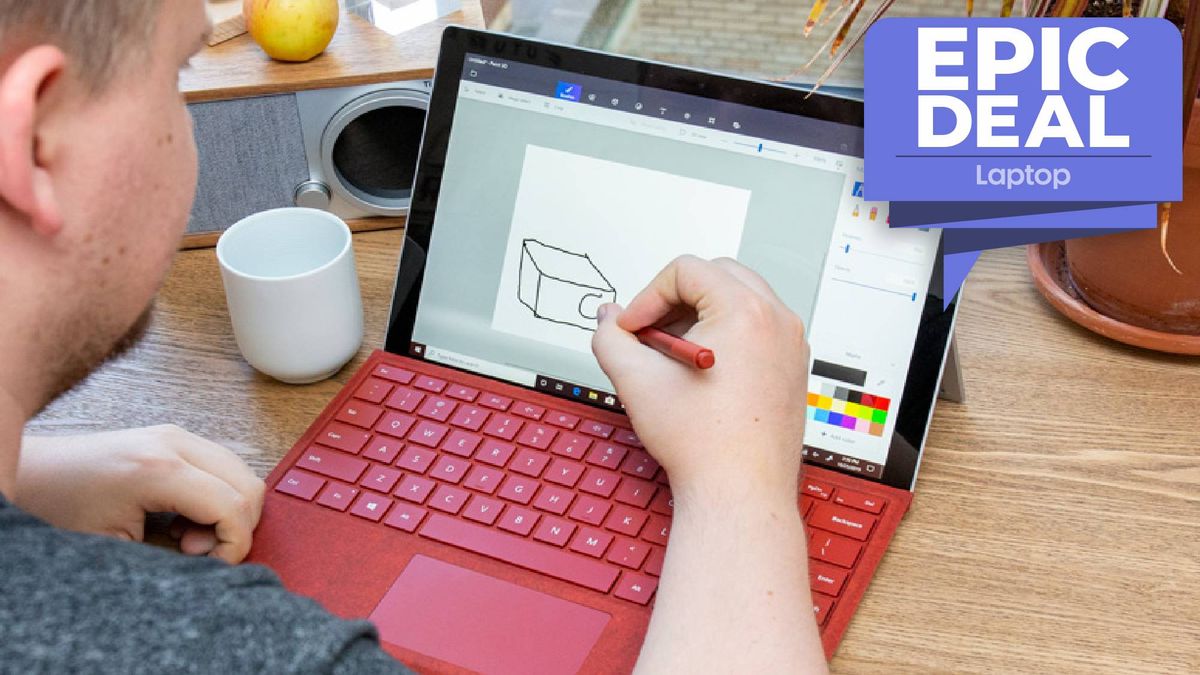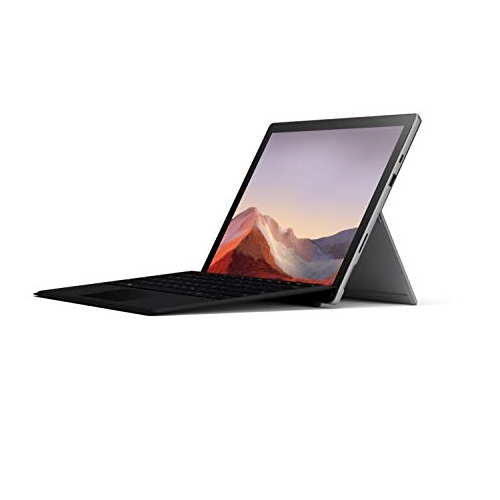

But unless you really need the USB-C port you could get a Surface Pro 6 and it’d still crush. The Surface Pro 7 is a mixture of the past and future - USB-C is there to fend off dongles and the USB-A port exists as a legacy link - and that makes it a very practical 2-in-1. It’s nice the Surface Pro 7 finally has a USB-C port, but it isn’t even top of the line since it doesn’t support Thunderbolt 3 speeds. It’s never been the cool kid - that’s Apple and Google - but always the most practical. Everything about the 2-in-1 is just fine to the point of boring which, to be fair, is kind of Microsoft’s DNA. Not with a bang but a whimper - Microsoft played it super safe with the Surface Pro 7. Luckily, there are some that are really tiny now. The Surface Pro 8 charges from 0 to 80% in an hour via the Surface Connect or USB-C port (it requires a power adapter with at least 60W output). It’s okay, but the Surface Pro 6 easily lasted 8 hours, and it’s hard not to compare it to the 10-12 hours of battery life I saw on Google’s Pixelbook Go.īut while battery life is slightly worse this year, there’s one saving grace: fast charging. Even with the display brightness set to about 75%, the most I ever got was between 6-7.5 hours.

Out in the real world, I never got close to the mythical (and again, reduced) 10.5 hours Microsoft promises on a single charge. It’s nice that Microsoft’s moved away from using looping local video playback as a metric for battery life since that’s not a real-world test by any modern standard. Microsoft says the Surface Pro 7 gets “up to 10.5 hours of typical device usage,” which is a drop from “up to 13.5 hours of local video playback” on the Surface Pro 6.


Worse battery life, but there’s fast charging - Battery life is one of those features that’s supposed to get better with every new version of a device. Unlike the Surface Pro X, the Surface Pro 7 runs all x86 apps like Photoshop.


 0 kommentar(er)
0 kommentar(er)
